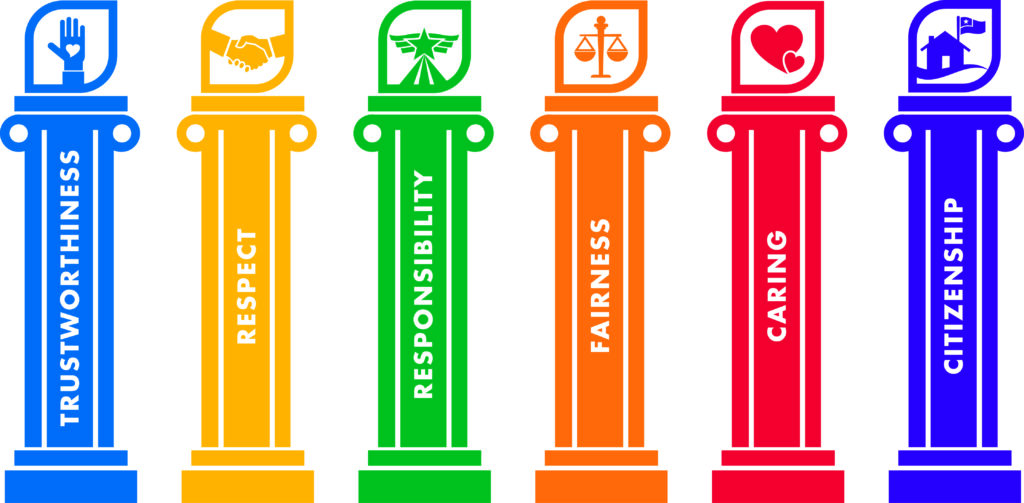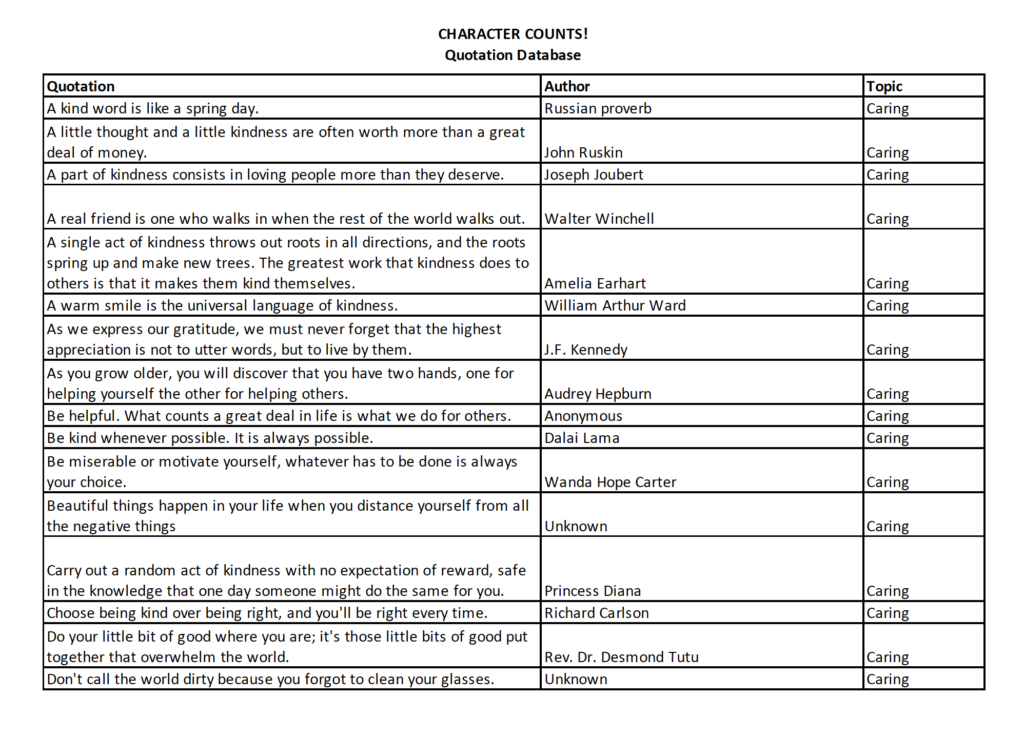Following Directions and Playing by the Rules (Grades K-5)

Objective:
Playing by the rules is an important part of fairness. Students will learn that in order to play by the rules, we need to listen carefully and follow directions. We can only play fair when we understand the rules.
Character Education Objectives:
Students will:
- explore how rules or directions could be interpreted in diverse ways.
- reflect on how unclear rules or directions can lead to unfair situations.
- discuss ways you can ask questions when you are unsure.
- discuss why playing by the rules is an important part of fairness.
Materials:
- A piece of paper (the same size) for each person
- Blindfolds if desired
Directions:
- Tell students that you are going to play the Snowflake Game. The students who follow the game’s directions win.
- Ask the students to either close their eyes or put on blindfolds.
- Tell them you will be giving instructions and they are not allowed to ask any questions.
- Give each student a piece of paper.
- Give the following directions, but do not answer any of their questions.
- Fold the paper in half.
- Tear off the bottom right-hand corner.
- Fold the paper in half again.
- Tear off the upper right-hand corner.
- Fold the paper in half again.
- Tear off the lower right-hand corner.
- Have participants open their eyes and unfold their papers.
Discussion:
- As they hold up their papers, ask the students what they see (the differences in each other’s papers even though they all had the same directions).
- We all had the same directions, but our snowflakes look different. Why do they look different?
- No one did it wrong, but there weren’t clear directions on how to do it. To be fair, we need to follow the rules and directions. So, it’s important we give clear directions and make sure everyone understands the rules for a fair game.
- Ask students:
- How could the directions be changed to make the snowflake game fairer?
- What questions could they have asked to better understand the rules of the game?
- Can they think of a time when they needed to ask questions to make sure they understood the rules?






